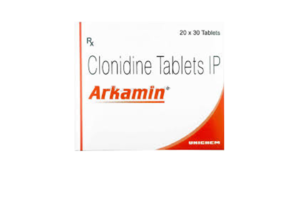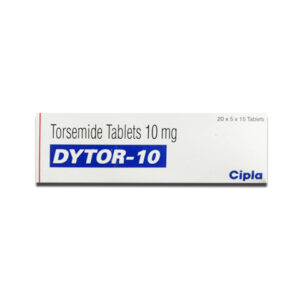Bisoprolol Information
What is this drug used for?
• It is used to treat high blood pressure.
• It may be given to you for other reasons. Talk with the doctor.
Possible side effects
Bisoprolol may cause side effects. Tell your doctor if any of these symptoms are severe or do not go away:
• Headache.
• Feeling tired or weak.
• Signs of a common cold.
Some side effects can be serious. If you experience any of these symptoms, call your doctor immediately or get emergency medical treatment:
• Signs of an allergic reaction, like rash; hives; itching; red, swollen, blistered, or peeling skin with or without fever; wheezing; tightness in the chest or throat; trouble breathing, swallowing, or talking; unusual hoarseness; or swelling of the mouth, face, lips, tongue, or throat.
• Very bad dizziness or passing out.
• Shortness of breath, a big weight gain, or swelling in the arms or legs.
• Slow heartbeat.
• Feeling cold in the arms or legs.
Medication Safety Issues
Sound-alike/look-alike issues:
Ziac may be confused with Tiazac, Zerit
Storage/Stability
Store at 20°C to 25°C (68°F to 77°F).
Adverse Reactions
1% to 10%:
Cardiovascular: Chest pain (1%)
Central nervous system: Fatigue (7%), hypoesthesia (1%)
Gastrointestinal: Diarrhea (3%), vomiting (1%)
Hepatic: Increased serum alanine aminotransferase (≤4%), increased serum aspartate aminotransferase (≤4%)
Respiratory: Upper respiratory tract infection (5%), dyspnea (1%)
Frequency not defined:
Cardiovascular: Cardiac arrhythmia, cardiac failure, claudication, cold extremities, edema, flushing, hypersensitivity angiitis, hypotension, orthostatic hypotension, palpitations
Central nervous system: Anxiety, depression, dizziness, drowsiness, headache, hyperesthesia, insomnia, lack of concentration, malaise, memory impairment, paresthesia, restlessness, sensation of eye pressure, twitching, vertigo, vivid dream
Dermatologic: Acne vulgaris, alopecia, diaphoresis, eczema, pruritus, skin irritation, skin rash
Endocrine & metabolic: Decreased libido, gout, increased serum glucose, increased serum phosphate, increased serum potassium, increased serum triglycerides, increased uric acid, weight gain
Gastrointestinal: Abdominal pain, constipation, dysgeusia, dyspepsia, epigastric pain, gastric pain, gastritis, nausea, peptic ulcer, xerostomia
Genitourinary: Cystitis, impotence
Hematologic & oncologic: Decreased white blood cell count, positive ANA titer, purpuric rash, thrombocytopenia
Neuromuscular & skeletal: Back pain, muscle cramps, myalgia, neck pain, tremor
Ophthalmic: Abnormal lacrimation, eye pain, visual disturbance
Otic: Otalgia, tinnitus
Renal: increased blood urea nitrogen, increased serum creatinine, polyuria, renal colic
Respiratory: Asthma, bronchitis, bronchospasm, cough, dyspnea on exertion, pharyngitis, rhinitis, sinusitis
<1%, postmarketing, and/or case reports: Angioedema, arthralgia, asthenia, auditory impairment, bradycardia, dermatitis, exfoliative dermatitis, Peyronie disease, psoriasis, sleep disturbance, syncope, unsteadiness
–





